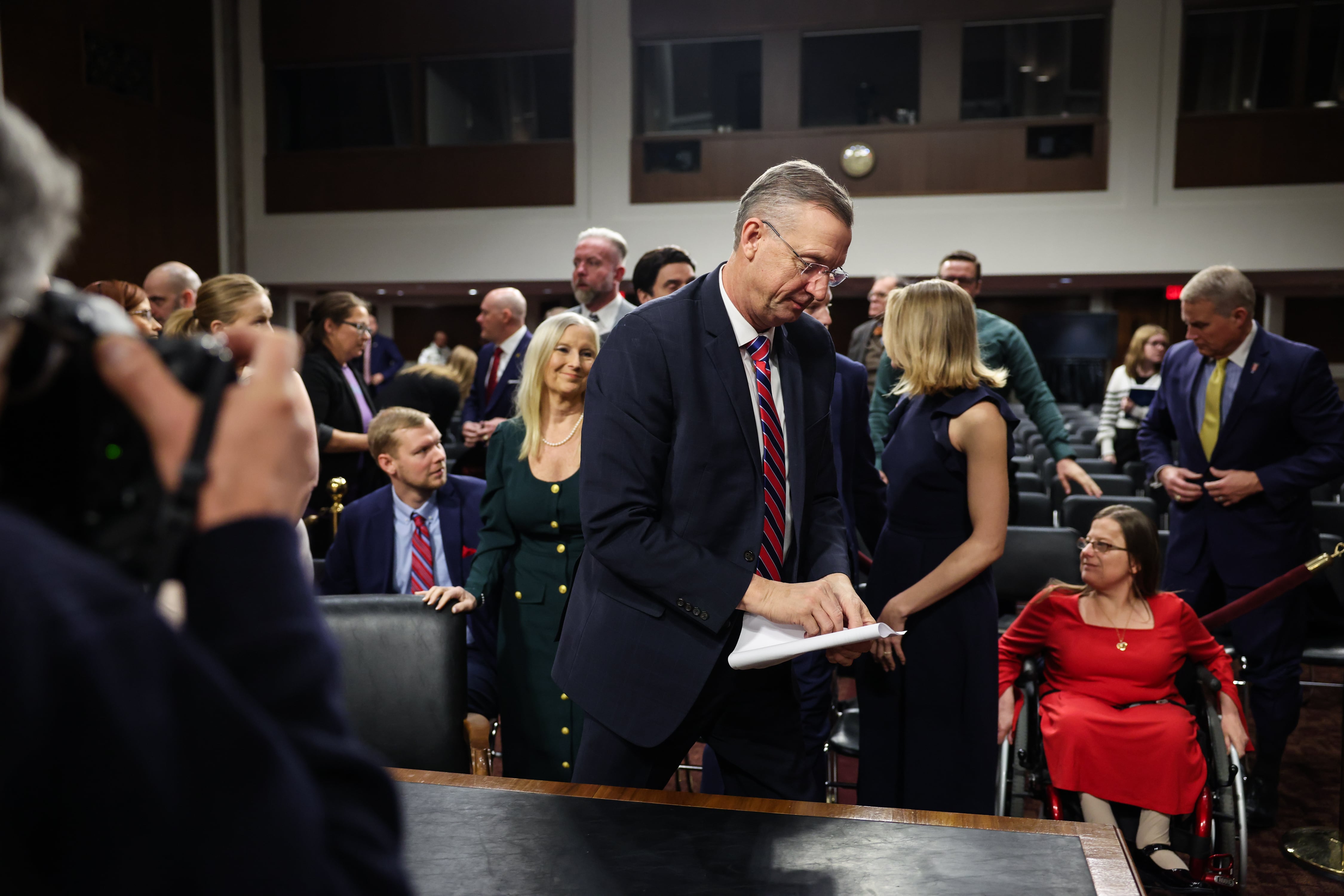BRUSSELS — More than 16 years into the Afghanistan war, the United States and its NATO allies wrangled anew on Thursday over how to meet the need for more troops to counter the resurgent Taliban and help the Afghan forces break a stalemate in the fight.
At a meeting in Brussels, NATO agreed to send more forces in response to commanders' requests for as many as 3,000 troops to train and work alongside Afghan security forces. That number does not include an expected contribution of almost 4,000 American forces, divided between the NATO mission and America's counterterrorism operations against Taliban, al-Qaida and Islamic State militants in Afghanistan.
NATO Secretary-General Jens Stoltenberg said 15 countries "have already pledged additional contributions." He expected more commitments to come, but confusion about America's plans may have held back some countries.
Considering that Britain said it would contribute a bit less than 100 troops in a noncombat role, it's unclear how NATO will muster several thousand new forces. To hit that mark, the other allies would need to average more than 100 troops each. Britain is the alliance's most powerful member aside from the U.S., though Germany contributes the second most forces.
"We're in it for the long haul. It's a democracy," British Defense Secretary Michael Fallon said, referring to Afghanistan. He said the Afghans "asked for our help and it's important that Europe responds," and said extremist groups there a threat to Western Europe.
European nations and Canada have been waiting to hear what U.S. Defense Secretary Jim Mattis will offer or seek from them. U.S. leaders haven't publicly discussed troop numbers yet as they complete a broader, updated military and diplomatic strategy for the war.
Stoltenberg said what happens on the battlefield will affect the diplomatic strategy, adding that as long as the Taliban believe they can win, they will not negotiate.

British Defense Minister Michael Fallon, second left, speaks with German Defense Minister Ursuala von der Leyen, left, while NATO Secretary General Jens Stoltenberg, right, speaks with U.S. Secretary for Defense Jim Mattis during a meeting of NATO defense ministers at NATO headquarters in Brussels on Thursday, June 29, 2017. NATO defense ministers met Thursday to discuss, among other issues, the situation in Afghanistan and defense spending.
Photo Credit: Virginia Mayo/AP
On Thursday, details on the still-forming war strategy appeared murky.
"It's for the Americans to decide the exact numbers that they are putting in and where they're going, whether they're to plug holes, if you like, in Resolute Support and ensure that the spokes of the wheel don't collapse, or whether they're putting additional direct effort into counter-terrorism," Fallon said. "It's for them to decide. But we're clear. We've got to stay the course in Afghanistan."
Norwegian Defense Minister Ine Eriksen Soreide said she expects allies will "come around" and make additional troop commitments. She didn't expect the new U.S. strategy to come out until next month.
Marine Gen. Joseph Dunford, chairman of the U.S. Joint Chiefs of Staff, was in Afghanistan this week, meeting with commanders to gather details on specific military capabilities they need to increase Afghan training and pursue militant groups.
On Thursday, Stoltenberg said the three key areas are special operations forces, air operations and improved leadership for military command and control.
But he cautioned that while the Afghan forces have proved to be professional and determined, "we don't think the situation in Afghanistan is going to be easy, we don't think it's going to be peaceful and no conflicts and no violence there this year, or next year or in the near future."
The expected deployment of more Americans is intended to bolster Afghan forces so they eventually can assume greater control of security.
Stoltenberg said the NATO increase does not mean the alliance will once again engage in combat operations against the Taliban and extremist groups.
Earlier this decade, about 100,000 American forces were in Afghanistan. With NATO and its partners, the total international force at its height reached about 130,000 men and women. There are now about 8,400 U.S. troops based in Afghanistan, with an additional 2,000 or so on temporary deployment. Some 6,600 troops from NATO and partner forces also are there.
Mohammad Radmanish, an Afghan defense spokesman, welcomed NATO's decision to send more. He said Afghan troops were in need of "expert" training, heavy artillery and a quality air force.
"We are on the front line in the fight against terrorism," Radmanish said in a telephone interview with The Associated Press in Kabul, the Afghan capital.
But Afghan lawmaker Mohammad Zekria Sawda was skeptical. He called NATO's offer a "show," noting the alliance and the U.S. were unable to bring peace to Afghanistan when they had many more soldiers deployed against Taliban insurgents.
"Every day we are feeling more worry," he said. "If they were really determined to bring peace they could do it."
Associated Press writer Amir Shah in Kabul, Afghanistan, contributed to this report.





